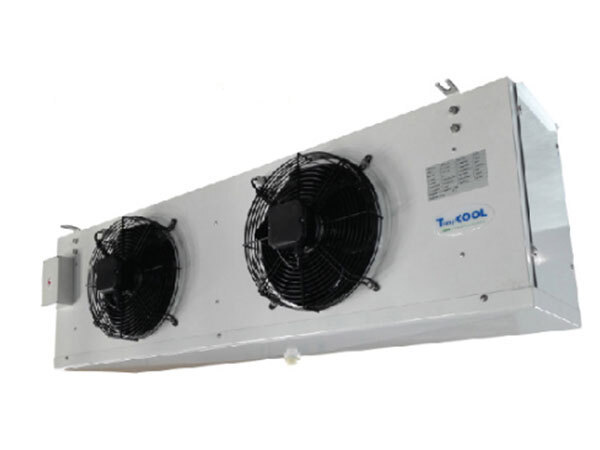
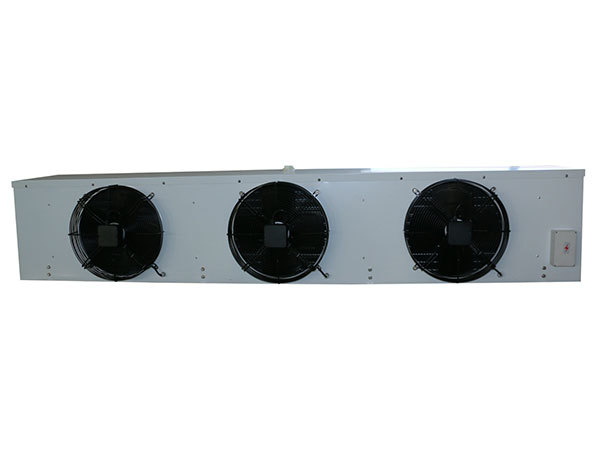
Description
The TA range of unit coolers is suitable for installation in cold rooms for the preservation of fresh or frozen products. The compact size of the unit allows to make maximum use of the storage space of the cold room in which it is installed.
The entire range is equipped with high efficiency coils made from special profile aluminium fins and inner- grooved copper tube, suitable for new generation refrigerants.
According to the room temperature the range is divided as follows:
- TA···4 for higher temperatures (≥ +2 °C) with 4 mm fin spacing;
- TA···7 for medium temperatures (≥ -15 °C) with 6 mm fin spacing, electric defrost version (ED) is recommended;
- TA···9 for low temperatures (≥ -35 °C) with 8.5 mm fin spacing, equipped with electric defrost (ED).
This range employs four types of standard fan motors:
- Ф250 mm, external rotor single-phase 220V/50 Hz with ероху coated steel fan guard. Operating temperature: -40 ÷ +70 °C.
- Ф300 mm, external rotor single-phase 220V/50 Hz with ероху coated steel fan guard. Operating temperature: -40 ÷ +70 °C.
- Ф400 mm, external rotor single-phase 220V/50 Hz with ероху coated steel fan guard. Operating temperature: -40 ÷ +70 °C.
- Ф500 mm, external rotor three-phase 380V/3/50 Hz with epoxy coated steel fan guard. Operating temperature: -40 ÷ +60 °C.
The standard fan motors employed have the following features:
- IP 54 protection grade;
- class F insulation;
- inner thermal contact protection.
The versions with standard electric defrost (ED) are equipped with stainless steel heaters with vulcanised terminals preset for 220V/50 Hz connection.
The electric parts and casework are connected to a ground terminal, the wiring of the heaters is carried out in IP 54 protection grade junction box. On request the models can be equipped with non-standard: coils, defrosting and fan motors.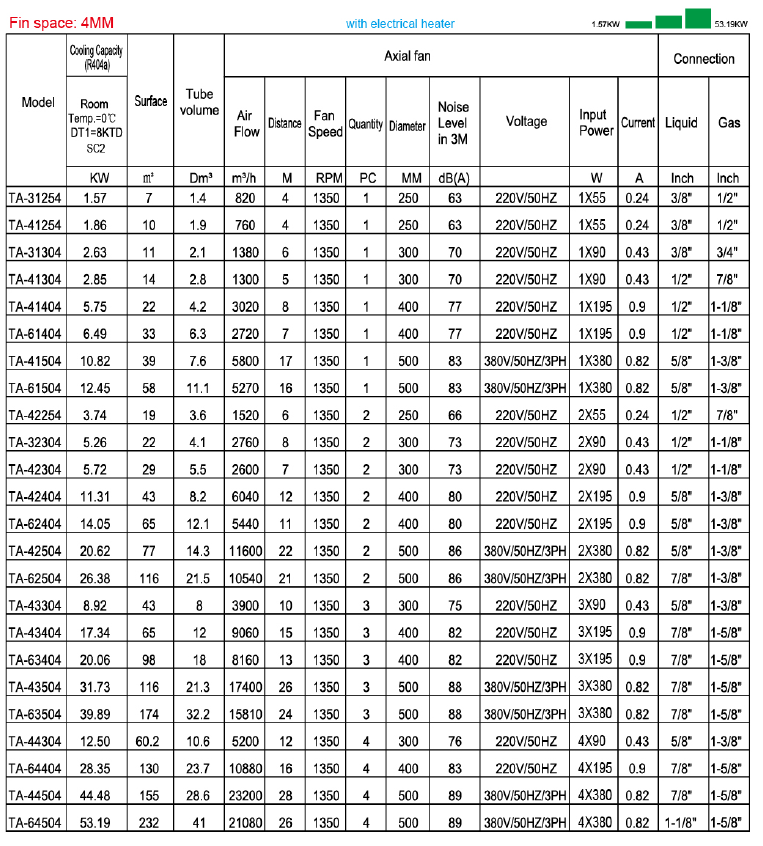
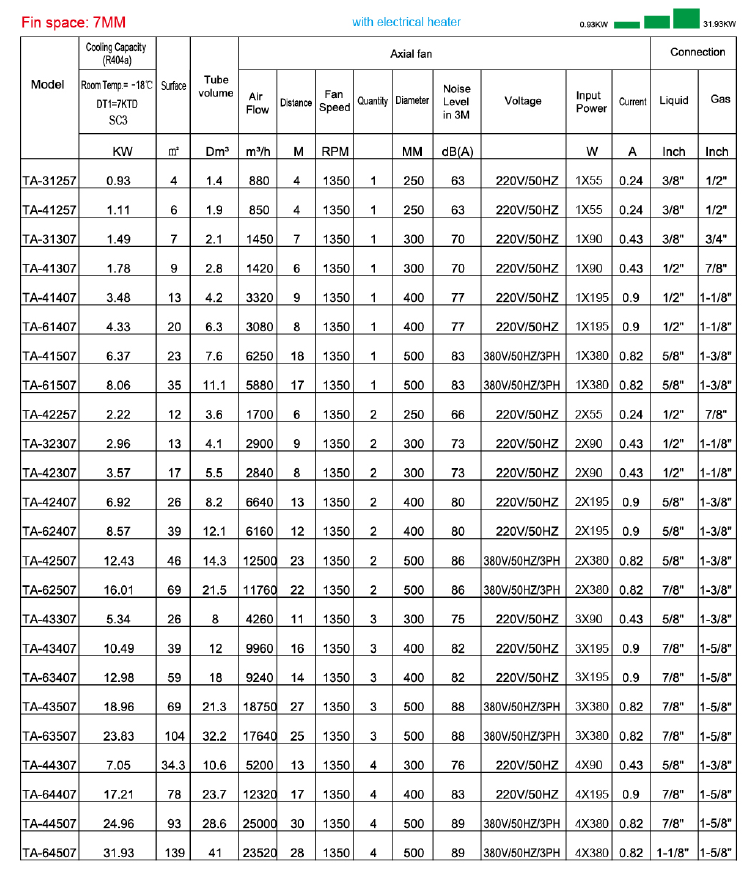
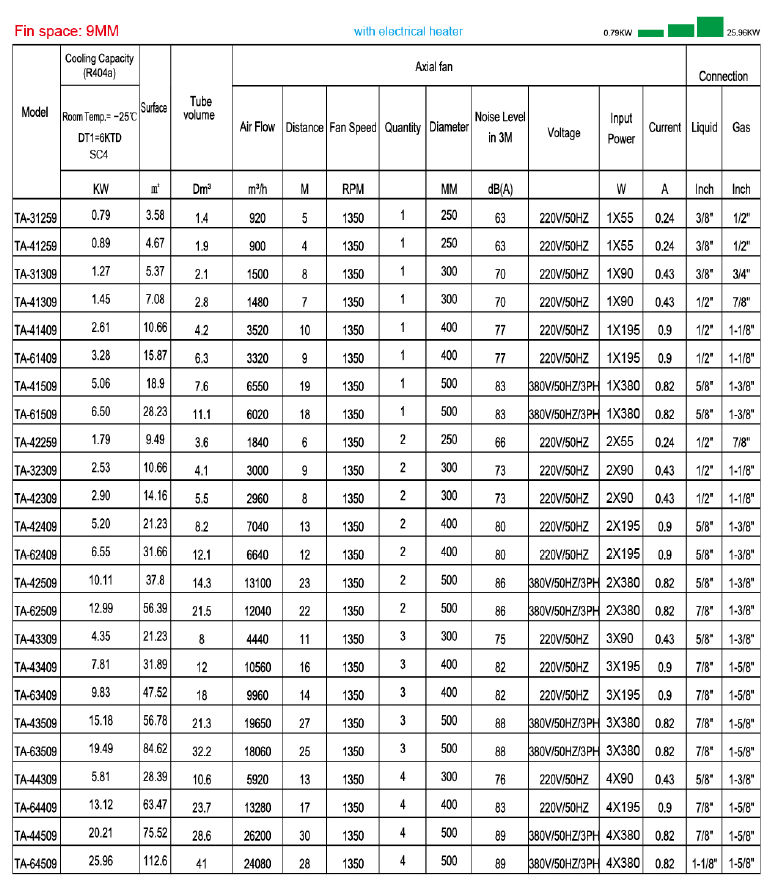
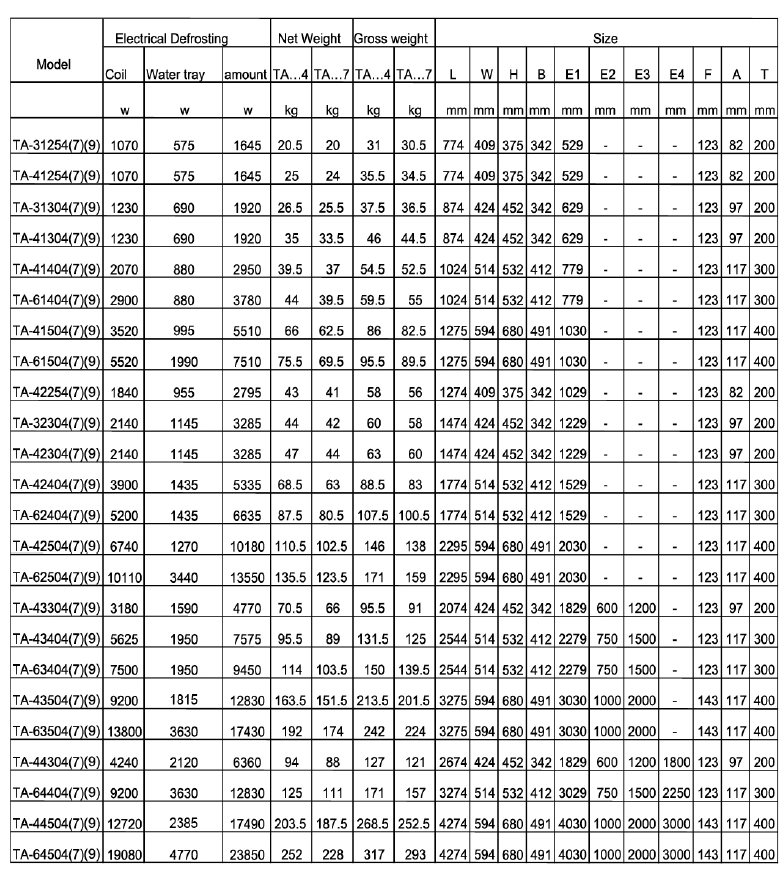
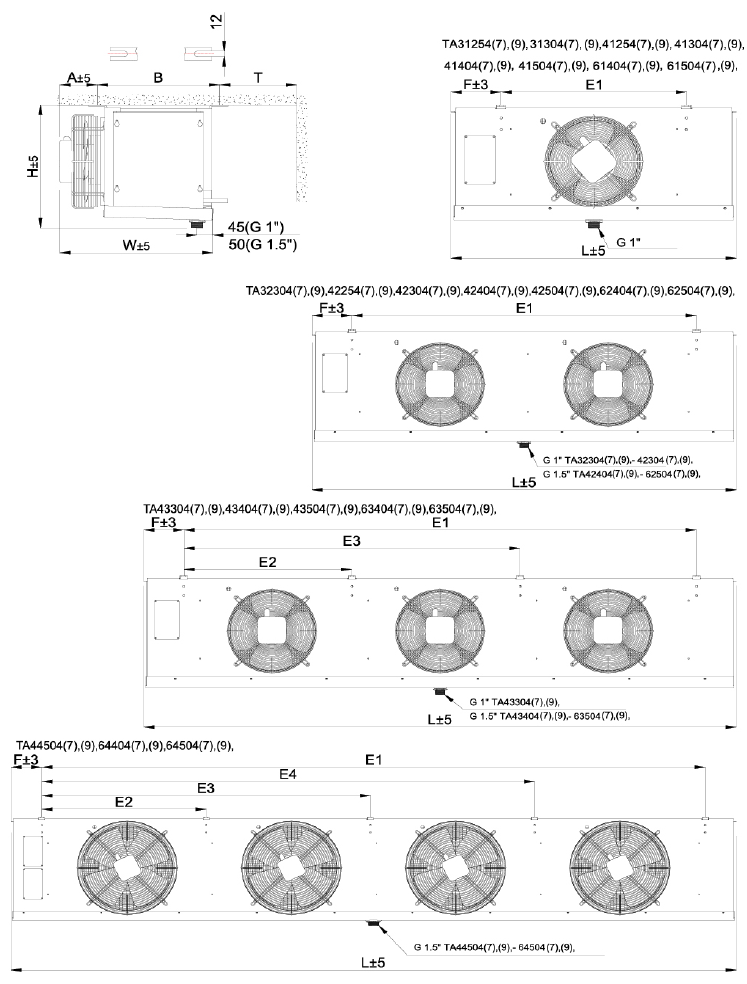
Related Products
FAQ
What is the regular maintenance of the website?
Regular website maintenance is the key to ensure website security, stable operation and user experience. Maintenance work includes updating website content, checking and repairing website links, backing up data, conducting regular security checks, fixing vulnerabilities, and optimizing performance. These efforts help to ensure that the website runs effectively in the long run and provides a good user experience.
What is the difference between UI and UX in website design?
UI (user interface) and UX (user experience) are two important aspects of website design. UI focuses on the design, layout, and visual elements of the website, while UX focuses on the overall user experience and interaction on the website, including ease of use, navigation, and interaction. Good UI design usually improves the user's UX experience.
What are the types of web hosting services?
Website hosting services can be divided into shared hosting, virtual private servers (VPS), standalone servers, and cloud hosting. Shared hosting is a server resource shared by multiple websites, VPS is a virtual private server, and an independent server is a dedicated server. Cloud hosting provides hosting solutions based on cloud services. Each type has different characteristics and applicable scenarios.
What is the role of website traffic statistics tool?
Traffic statistics tools such as Google Analytics help analyze website visit data, including visitor sources, visits, and user behavior. By understanding this data, website owners can understand the audience, adjust website content and design, improve user experience, and increase conversion rates.
How to choose the right website construction technology?
The choice of website construction technology needs to be based on personal technical level and website needs. If you are familiar with programming, you can choose to write your own code using HTML, CSS, JavaScript, etc. In addition, you can also consider using existing frameworks or libraries, such as Bootstrap, React, etc., to simplify the development process.
How to start your own website?
To build a website, you first need to select a domain name, which is the address of the website. Then choose the appropriate host service provider, the host is the place where the website files and data are stored. Next, write the website code or design the page, and finally upload the website file to the server. This site can be accessed and viewed on the Internet.




